An 80 million-dollar heirloom was sold by an old man; the Cultural Relics Bureau offered 10,000 dollars but was rejected. It was later acquired by the Palace Museum for 18 million dollars.


An 80 million-dollar heirloom was sold by an old man; the Cultural Relics Bureau offered 10,000 dollars but was rejected. It was later acquired by the Palace Museum for 18 million dollars.
In early October 1995, Beijing Hanhai Company was holding a grand autumn auction.
A plainly dressed old man from Northeast China stood in a corner of the auction, his eyes fixed on the artifacts being auctioned.
The old man, Li, was the owner of the artifact, and he had previously offered it to the National Treasure Bureau for 8 million, but his offer was rejected. Therefore, Li decided to go through the legal auction process in a fit of anger!
The high starting price of 6 million did not deter the bidders; even Liang Jinsheng, the director of the Palace Museum's Cultural Relics Department, kept bidding, and the price rose at an astonishing rate.
When the bidding reached a shocking 18 million, someone stood up and shouted, "Don't fight over it, leave the painting to the Palace Museum!"
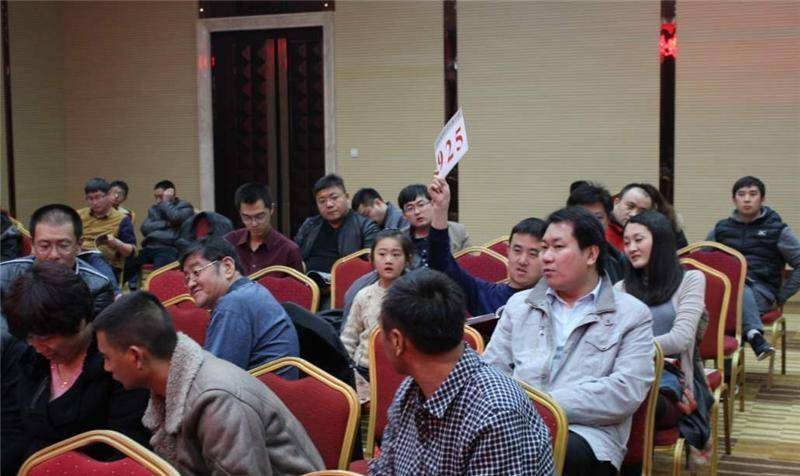
(Beijing Hanhai Company Auction Site)
Finally, Mr. Liang Jinsheng, representing the Palace Museum, won the artifact at the sky-high price of 18 million yuan.
So, what kind of story happened between Li and the auction item? And why was the Palace Museum willing to pay such a high price to acquire this artifact?
Pu Yi's Escape and the Loss of Cultural Relics
In 1932, after the Japanese army occupied the three northeastern provinces, they quickly supported Pu Yi in establishing the puppet state of Manchukuo.
The Japanese invasion was fierce; inside the palace walls, there was singing and laughter, while outside, blood flowed.
Pu Yi was nominally the emperor, but in reality, he was a puppet of the Japanese army, and the rise and fall of the nation was of no concern to him.
The emperor's life was extremely luxurious. In addition to eating, drinking, and having fun, Pu Yi often collected famous paintings from all over China, and the palace was filled with countless treasures.
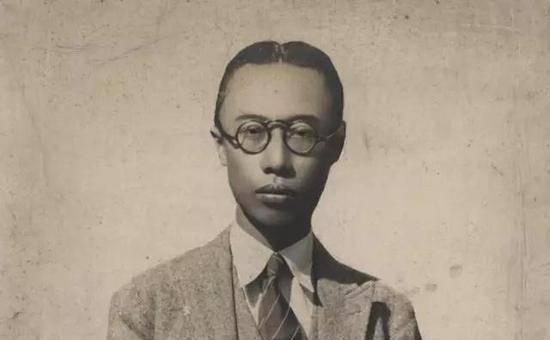
(Old photo of Puyi)
In 1945, the Japanese surrendered, and the Soviet Union sent troops to attack Manchukuo, and the magnificent palace was instantly overrun.
The once luxurious life vanished in the sound of gunfire. The last emperor, Puyi, abdicated for the second time, and he could only flee with the help of the Japanese army.
In the chaos, Puyi still ordered the eunuchs to smuggle many treasures out of the palace for his future use.
For a time, the entire palace was leaderless, and soldiers and palace servants fled everywhere.
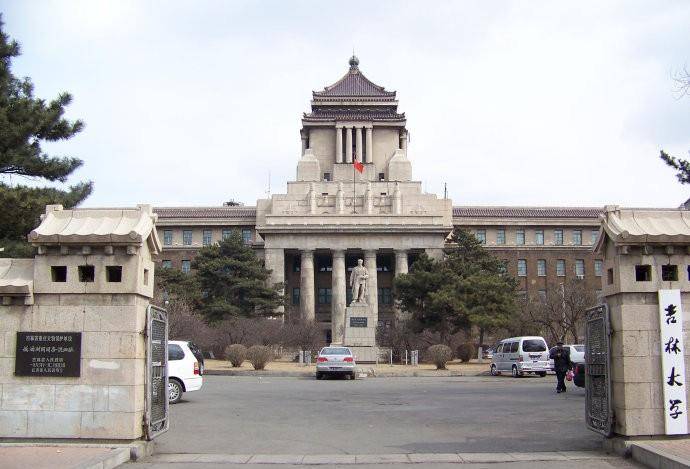
(Ruins of Manchukuo)
But in the chaotic situation at that time, how could a few palace servants possibly take all those treasures away?
Puyi, who had intended to take all the treasures in the palace, found himself in a predicament after losing power, and was even robbed by a group of Manchukuo soldiers.
The famous calligraphy and paintings, gold and silver jewelry in the palace were looted, and only a small portion of the treasures that Puyi had taken out of the palace were preserved intact.
These treasures are precious historical imprints accumulated over five thousand years of Chinese civilization; their value cannot be measured by money, and the loss of a large number of cultural relics has caused great losses to the country.
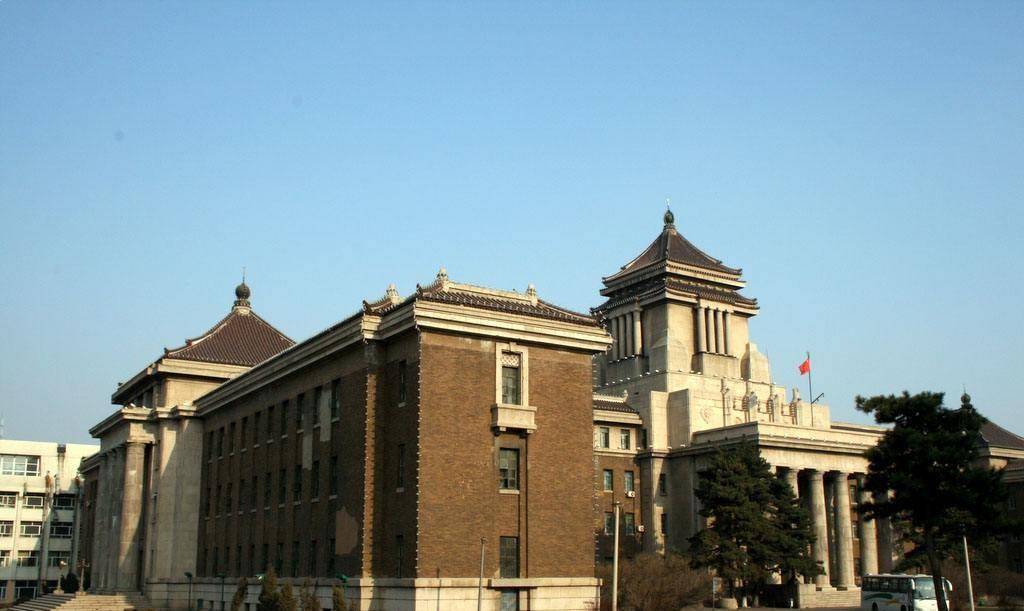
(Former Manchukuo State Council)
Among them, Zhang Xian's "Ten Yong Tu," a painting that Empress Dowager Cixi loved most during her lifetime, disappeared during this turmoil.
In 1992, an old man surnamed Li in Northeast China wanted to sell his family heirloom, which attracted the attention of the State Administration of Cultural Heritage.
It turned out that the old man's ancestor was a soldier in Manchukuo. When Puyi fled, the palace was in chaos.
Many palace servants and soldiers, seeing Puyi's downfall, scrambled to seize treasures, and this soldier surnamed Li was no exception.
In the chaos, he unexpectedly obtained a painting, which was Zhang Xian's masterpiece "Ten Yong Tu" from the Northern Song Dynasty.

(Old photo of Puyi's life in the palace)
This soldier from Northeast China knew the value of the painting and secretly took it home, treating it as a family heirloom.
And this cultural relic, lost to the people, was thus secretly "living" in a corner of Northeast China.
Until the early 1990s, when the "family heirloom" came into the hands of Old Man Li, "Ten Yong Tu" reappeared in the world.
It stands to reason that since it is a family heirloom, it should be passed down from generation to generation. Why did Old Man Li want to auction it?
Unsuccessful Sale, Turning to Auction
It turned out that Old Man Li had worked in the fields for most of his life, and his family was still extremely poor, and his seven children had not achieved anything.
Knowing that he was nearing the end of his life, he wanted to leave some property for his children, so he remembered his ancestor's family heirloom.
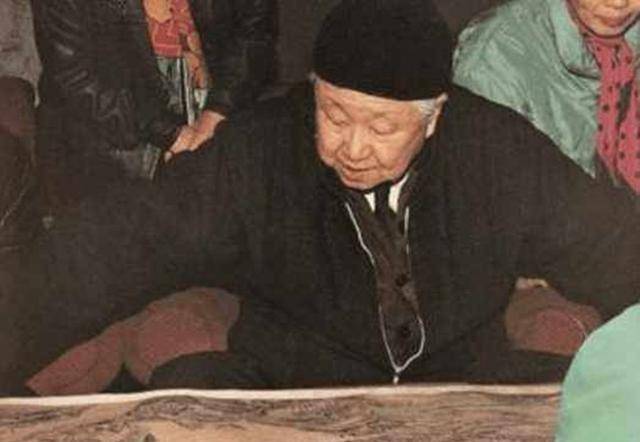
(Old Man Li selling the painting)
Although Old Man Li was a farmer, he also knew that this painting was no ordinary item. In order to sell it at a high price, he asked someone to find a cultural relic appraiser to appraise the painting.
The appraiser came to Old Man Li's home with his tools, carefully examined and identified the painting, and then solemnly told him that the painting was indeed an authentic work by Zhang Xian, and it was worth at least 8 million yuan.
After hearing the appraiser's words, Old Man Li was overjoyed, because the value was far beyond his expectations. After regaining his composure, he repeatedly thanked the appraiser.
Because of the appraiser's visit to Old Man Li's home, the news that he was selling "Ten Yong Tu" quickly spread throughout the area, and many wealthy businessmen and collectors of ancient artifacts wanted to see it.
Not long after, the State Administration of Cultural Heritage also received the news and quickly sent people to Old Man Li's home to negotiate, hoping to acquire it for the state.

(Part of Zhang Xian's "Ten Yong Tu")
During their conversation with Old Man Li, they eagerly hoped that he would donate the painting, considered a national treasure, to the country. To show their sincerity, they offered a purchase price of 10,000 yuan.
Facing a priceless ancient painting, Old Man Li couldn't accept a mere 10,000 yuan. Remembering the appraiser's words, he directly set the price of "Ten Yong Tu" at 8 million yuan.
This was undoubtedly a sky-high price for the State Cultural Relics Bureau at that time. Experts tried to persuade Old Man Li with a glimmer of hope, but he remained firm.
With no other choice, the Cultural Relics Bureau could only temporarily abandon the acquisition of "Ten Yong Tu".
Many ambitious businessmen, hearing of the high price of 8 million yuan, could only stand back and leave.
Watching potential buyers turn away due to the price, Old Man Li was also very worried, thinking to himself: When will this invaluable painting finally be sold?
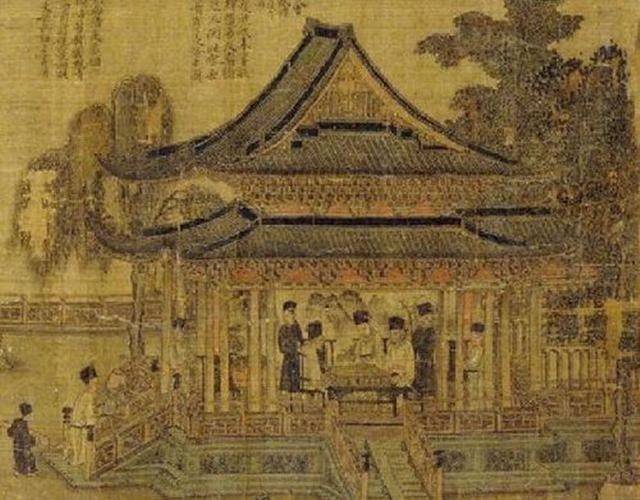
(Part of Zhang Xian's "Ten Yong Tu")
Could it be that the appraiser's words were unreliable, and the painting wasn't worth 8 million yuan?
Thus, in days of anticipation and self-doubt, three years passed in the blink of an eye. Old Man Li's health deteriorated, but "Ten Yong Tu" remained untouched in his home.
Just as the Li family was at a loss, someone offered a suggestion.
Since it can't be sold at home, why not place it in a place where influential people gather and hold an auction?
Hearing this, with a 'what's done is done' attitude, Old Man Li decided to take a gamble in Beijing.

(The Palace Museum)
So, in late summer, Old Man Li, with heavy steps, carried "Ten Yong Tu" and pushed open the doors of the Beijing Cultural Relics Company, arriving at the office of Mr. Qin Gong, a cultural relics appraisal expert and general manager of Hanhai Auction Company.
He handed the painting to Mr. Qin Gong, saying, "This ancient painting, I want to know its value. Could you take a look?"
Many people came to appraise cultural relics every day, and this unknown old man was initially unremarkable. However, the ancient-looking painting in Old Man Li's hands caught Mr. Qin Gong's attention.
He carefully unrolled the scroll on the table; the old, yellowed paper emitted a unique scent.
After a careful examination, Mr. Qin Gong was suddenly startled. He could almost certainly confirm that this painting was the genuine "Ten Yong Tu" by Zhang Xian.
The reappearance of a cultural relic that had disappeared for decades filled Mr. Qin Gong with genuine excitement, his hand holding the magnifying glass trembling slightly.
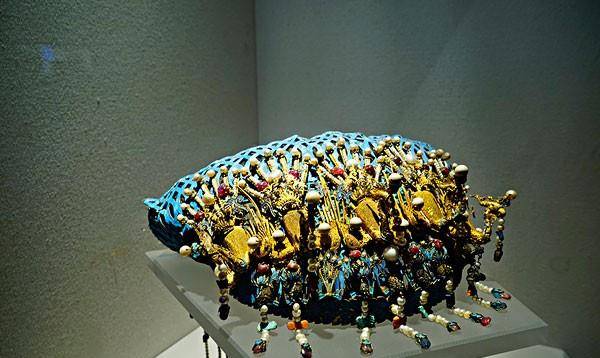
(Cultural relics inside the Palace Museum)
Noticing Mr. Qin Gong's reaction, Old Man Li asked again, "Is this painting very precious?"
The always sincere Mr. Qin Gong, without further thought, revealed his thoughts, his words filled with the excitement of discovering a treasure.
Hearing the answer, Old Man Li confirmed that the value of "Ten Yong Tu" was far more than 8 million yuan. He quickly put away the painting and tried to leave in a hurry.
Mr. Qin Gong was unable to persuade him to stay and only obtained Old Man Li's home address, planning to visit him later. He also hoped that this national treasure would remain in the hands of the country...
After many difficulties, it finally returned to the Palace Museum.
Afterward, Mr. Qin Gong always kept "Ten Yong Tu" in mind. Seeing that Old Man Li had not reappeared, he finally decided to visit him in person.
Through several conversations, Mr. Qin Gong fully understood the family's concerns: Old Man Li thought the selling price was too low, insufficient for the living expenses of his seven children in their later years.
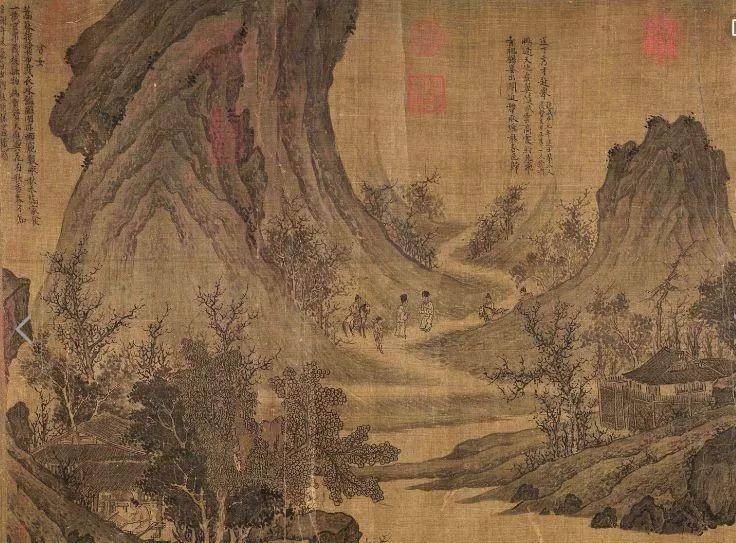
(Part of Zhang Xian's "Ten Yong Tu")
Facing Old Man Li's concerns, Mr. Qin Gong patiently explained the relevant regulations of the country's acquisition of cultural relics repeatedly to Old Man Li, assuring him that his interests would not be harmed.
Finally, after persuasion from Mr. Qin Gong and other staff members, Old Man Li gradually let down his guard and agreed to sell the painting through auction.
However, while selling the painting through auction was the safest method, Old Man Li worried about unsatisfactory results.
Therefore, he requested a deposit of 2 million yuan in advance, stating that regardless of the auction's success or failure, the deposit would not be returned.
To ensure the authenticity of the painting, Mr. Qin Gong once again invited Xie Zhiliu and Liu Jiu'an, the director of the Cultural Relics Appraisal Committee and calligraphy and painting appraisal experts, to appraise it.
They repeatedly consulted ancient books and compared the inscriptions on the painting. After repeated appraisals, they once again confirmed that the painting was a genuine work by Zhang Xian.

(Interior view of the Palace Museum)
To ensure the smooth return of "Ten Yong Tu," Mr. Qin Gong decided to agree to Old Man Li's request, allowing the auction process to proceed normally.
This auction, featuring numerous national treasure-level cultural relics, also attracted many renowned collectors from home and abroad.
To prevent the cultural relic from falling into the wrong hands, Mr. Qin Gong and his colleagues invited representatives from the Palace Museum to participate in the bidding, and leaders from the State Cultural Relics Bureau would also be present to observe.
With everything prepared, the auction was scheduled for October 5, 1995. Upon receiving the news, all bidders arrived early at the Beijing Jianguo Center, and photographers and service staff were already in place.
This auction included 1166 pieces of antiques and calligraphy and paintings, with modern and ancient paintings and calligraphy making up the majority.
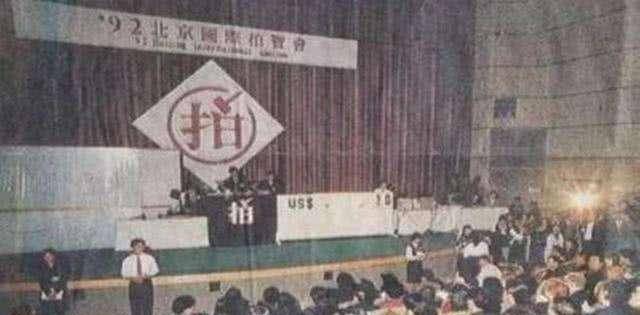
("Ten Yong Tu" auction site)
On the stage, "Ten Yong Tu" sat majestically, seemingly anticipating the "bloodbath" that would unfold in the next few hours.
At nine o'clock in the morning, the host announced the official start of the auction. Everyone's hearts were in their throats, ready to compete with other bidders at any moment.
When "Ten Poems on the Southern Garden" appeared, the starting price of 6 million soared rapidly with the repeated bidding in the hall. Yang Xin, the vice president of the Palace Museum, sat in the bidding seat with his hands folded, his eyes constantly following Liang Jinsheng's bidding card.
There were many wealthy and influential people attending the Hanhai Auction at that time, and the Palace Museum's bidding also carried enormous pressure.
Fortunately, the result of the bidding did not disappoint. When the Palace Museum raised its bidding card to 18 million, all the bidders in the hall fell silent. In the end, the Palace Museum acquired the painting "Ten Poems on the Southern Garden" at a price of 18 million yuan.

(Long shot of the Palace Museum)
Seeing that 18 million yuan had successfully bought back the family heirloom, Old Man Li's face beamed with joy, and he finally felt at ease about the future of his seven children!
So, what is the charm of this painting "Ten Poems on the Southern Garden" that made the Palace Museum spend so much time and effort to buy it back? This story begins with Zhang Xian himself.
Value is judged across time
In fact, Zhang Xian, as a representative of the graceful style of ci poetry in the Northern Song Dynasty, wrote numerous poems and ci throughout his life, and his status was comparable to that of the great talent Liu Yong.
He also had close personal relationships with Su Shi, Wang Anshi, and others, and he passed the imperial examination for jinshi together with Ouyang Xiu, gaining the appreciation of the chief examiner Yan Shu.
Most of Zhang Xian's ci poems describe romantic love, and some interpret the life of scholars and officials enjoying poetry and wine. Reading them, one only feels that the sentences are skillfully crafted and delicately winding.
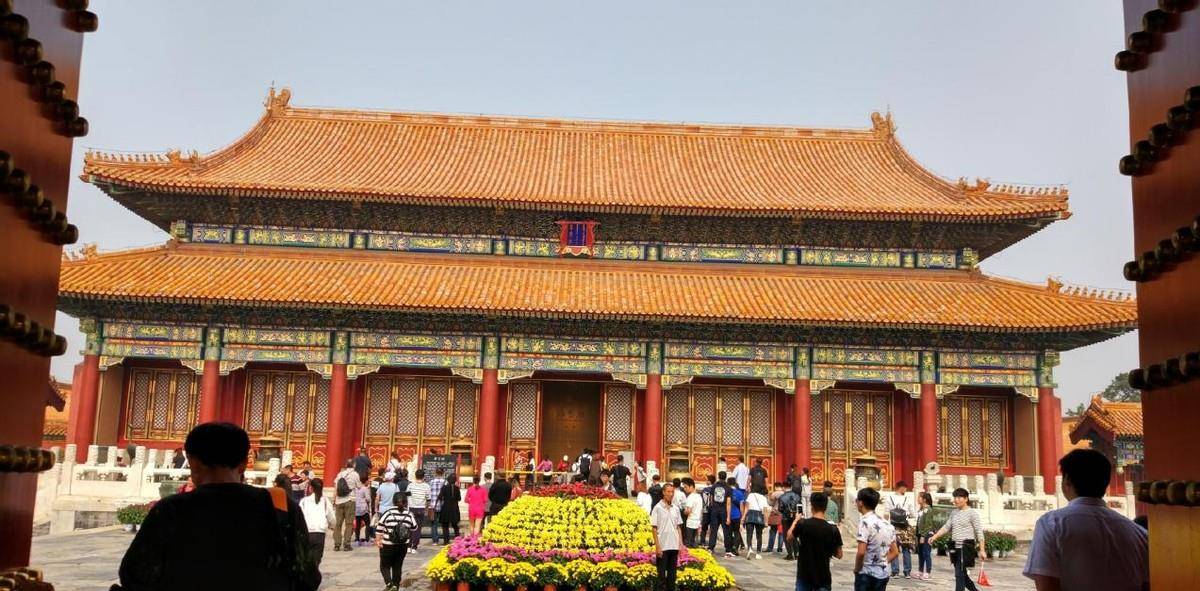
(Tourists visiting the Palace Museum)
Although Zhang Xian was famous as a ci poet, under the careful cultivation of his father, Zhang Wei, he also excelled in painting.
Legend has it that when Zhang Xian was 82 years old, he went to the Southern Garden to fish and play. Faced with such beautiful scenery, he couldn't help but think of his father's love for the scenery of the Southern Garden.
Sadly, the beautiful scenery remained, but his loved one had passed away.
While grieving, Zhang Xian carefully reread his father's poem "Meeting Six Elders in the Southern Garden," written by Ma Daqing, the prefect of Wuxing.
The poem's artistic conception is serene and beautiful. To commemorate his father, Zhang Xian decided to bring the scenes depicted in the poem to life on paper.
During the painting process, Zhang Xian closed his doors to visitors, concentrating on studying his father's ten poems and pondering the layout of the scenes in the poems to highlight the "meeting of six elders".
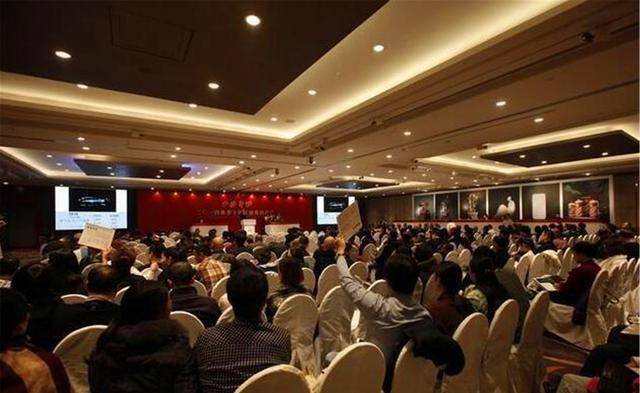
(Auction scene)
After dozens of days, the 82-year-old Zhang Xian finally completed the "Ten Poems on the Southern Garden," which is 52 centimeters high and 178.7 centimeters long.
This landscape painting vividly depicts the leisurely demeanor of several elderly people enjoying a garden banquet.
Although the painting is themed on a Southern Garden outing, it skillfully combines flowers, birds, mountains, rivers, farmhouses, pavilions, and other scenery with the poet's current mood, and the ingenious layout makes the painting fresh, elegant, and full of artistic charm.
In addition, the author also blends the scenes of ordinary people working with the leisurely life of literati and scholars.
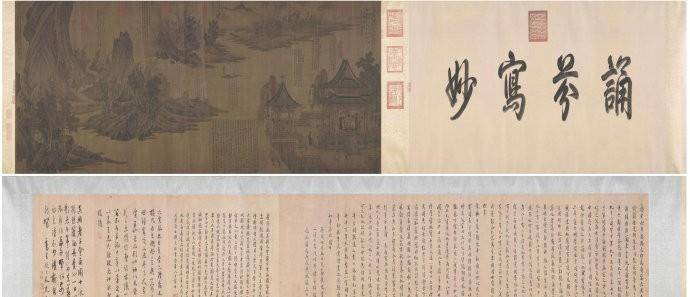
(Calligraphy and seals left by Emperor Qianlong and other famous artists on "Ten Poems on the Southern Garden")
Therefore, such a work, which combines artistry, historical significance, and life, was immediately sought after by literati and scholars of the same period upon its creation.
Therefore, after its circulation, it has always been a precious collection coveted by many antique collectors.
After the Southern Song Dynasty's move south, "Ten Poems on the Southern Garden" was inadvertently collected by Jia Sidao, and during the Southern Song Dynasty, it passed into the hands of Zhou Mingshu.
His son, Zhou Mi, also made a detailed record of the painting, and Zhao Mengfu wrote a poem titled "Inscription on the Ten Poems on the Southern Garden by the Forefather Zhang Gong" for it.
Zhang Xian's unique masterpiece passed through the hands of many people. Before it entered the Forbidden City during the Ming and Qing dynasties, the scroll already bore the calligraphy and seals of many famous artists, including Sun Jue, Chen Zhensun, Yuan Yanhua, and Tuo Tuo Mu'er.
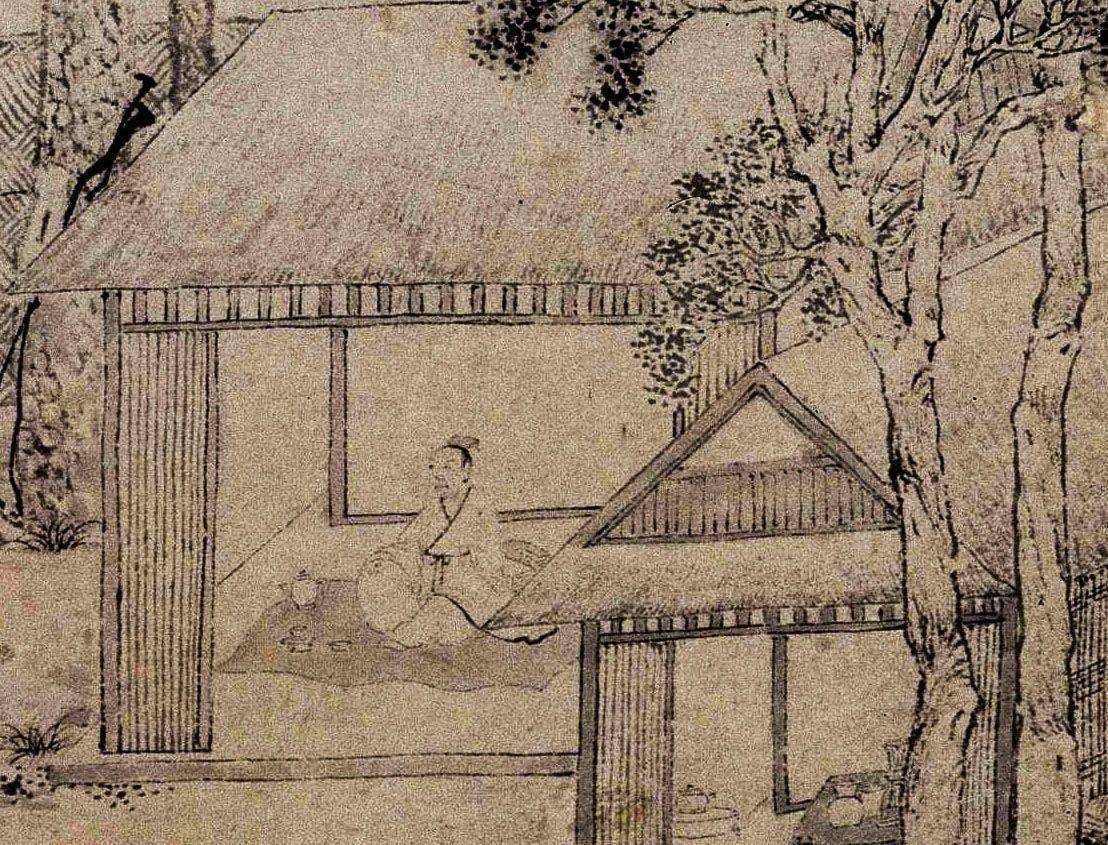
("Ten Poems on the Southern Garden" original painting)
Emperor Qianlong, who loved seals, also stamped several seals on the painting and left his own poem.
Later, at the end of the Qing Dynasty, Puyi secretly transported many treasures out of the palace under the pretext of giving them to his brother Puyi, including Zhang Xian's "Ten Poems on the Southern Garden".
Initially, he secretly stored these paintings and calligraphy in the "Xiaobailou" (Little White Building) in the Changchun Puppet Manchukuo Palace.
However, after the victory of the Anti-Japanese War and the demise of the Puppet Manchukuo, the painting eventually flowed into the hands of private citizens.

(China's precious historical relics)
At this auction, it was not easy for "Ten Poems on the Southern Garden" to successfully return to the Palace Museum, and its value is far beyond what money can measure.
Postscript:
Today, 26 years have passed since "Ten Poems on the Southern Garden" returned to the embrace of the motherland, and it is now solemnly displayed in the Palace Museum.
The return of "Ten Poems on the Southern Garden" represents the Chinese people's solemn respect for history and is a unique mark left after the continuous scouring of the long river of time.
In fact, every cultural relic is a witness to the changes of the times and a precious treasure of the nation. All we can do is to silently face the history that once existed through them.
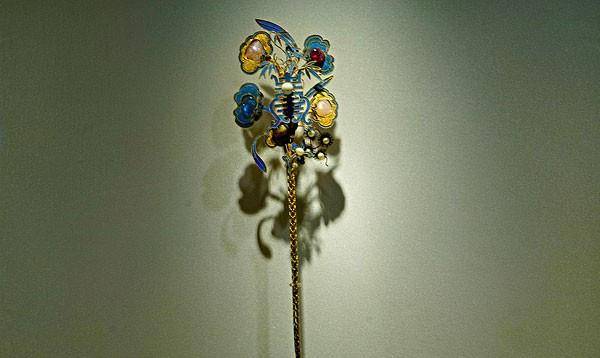
(China's precious historical relics)
Even today, many cultural relics remain missing. Perhaps they disappeared silently in the smoke of war, perhaps they are displayed in unknown museums across the ocean, or perhaps they are hidden away as heirlooms of a certain family…

